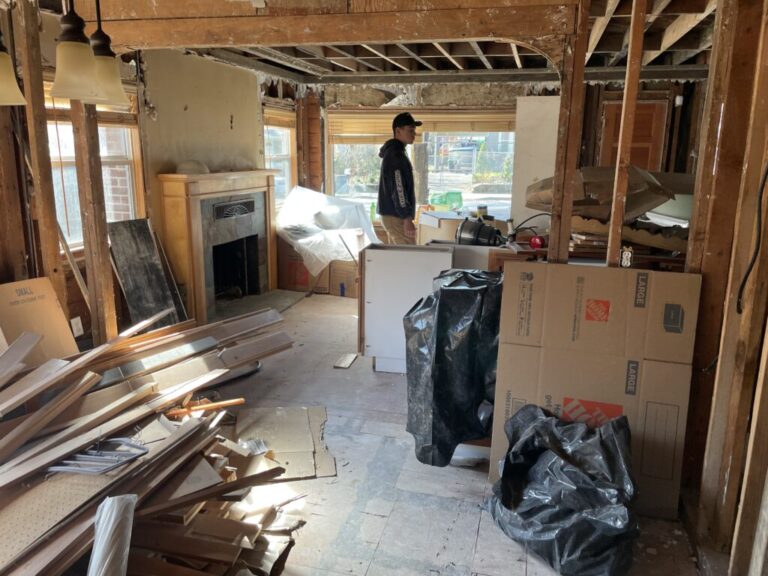Introduction
Nestled amidst the rolling hills and verdant valleys of Transylvania, Romania, lies the enigmatic village of Deț. This captivating pocket of history and tradition beckons travelers seeking an escape from the ordinary, offering a glimpse into a bygone era and a unique cultural tapestry.
A Glimpse into Deț’s Rich History
Itboasts a rich and fascinating history. Its origins remain somewhat obscure, with some theories suggesting a Dacian settlement, while others point towards a Roman influence. Regardless of its beginnings, the village has undoubtedly witnessed centuries of cultural exchange and evolution, shaping its present-day character.
Architectural Heritage: Where Time Stands Still
One of the most striking aspects of Deț is its architectural heritage. Traditional wooden houses adorned with intricate carvings and vibrant colors line the narrow streets, transporting visitors back in time. The village square, a vibrant hub of activity, is often abuzz with locals going about their daily routines, creating a sense of authenticity and community.
Cultural Treasures and Traditions
Beyond its captivating architecture, itis renowned for its vibrant cultural traditions. Folk music and dance performances are a common sight, showcasing the rich artistic heritage passed down through generations. The locals, known for their warm hospitality and welcoming spirit, are always happy to share their stories and traditions with curious visitors.
Nature’s Embrace: Exploring the Outdoors
For those seeking a deeper connection with nature, it offers a plethora of opportunities. Hiking trails weave through the surrounding hills, leading to breathtaking panoramic vistas and hidden waterfalls. The village also serves as a gateway to the Apuseni Natural Park, a haven for outdoor enthusiasts, boasting diverse flora and fauna.
People and Culinary Delights
Delving deeper into the heart of Deț, one encounters the soul of the village: its people. The villagers, with their warm smiles and infectious laughter, carry the essence of Romanian hospitality. They are storytellers, keeping alive local legends through oral traditions, and skilled artisans, crafting exquisite hand-woven tapestries, intricate wood carvings, and vibrant pottery, each piece imbued with generations of cultural knowledge.
For those seeking culinary delights, it offers a unique opportunity to savor traditional Romanian cuisine. Local families often welcome visitors into their homes for authentic meals prepared with fresh, locally sourced ingredients. The village also boasts charming cafes and restaurants where one can indulge in hearty stews, flavorful soups, and delectable pastries, all bursting with local flavors.
Tradition Meets Modernity
Beyond its historical and cultural significance, Deț offers a unique perspective on the contemporary life of rural Romania. Tourists can witness various traditional practices still alive within the community, such as the use of horse-drawn carriages and the cultivation of land using age-old methods. This blend of tradition and modernity creates a captivating tapestry, showcasing the resilience and adaptability of the local population.

Embracing Authenticity
Itis slowly gaining recognition among discerning travelers. However, its charm lies not in mass tourism, but in its ability to offer an authentic experience. So, if you seek an escape from the ordinary, a journey through the heart of Romanian culture and tradition, Deț awaits you with its captivating allure and the promise of an unforgettable experience.
Frequently Asked Questions (FAQ)
1. Where is Deț located?
It is nestled amidst the rolling hills and verdant valleys of Transylvania, Romania.
2. What is the history of Deț?
The origins of Deț remain somewhat obscure, with theories suggesting a Dacian settlement or Roman influence. Regardless, the village has a rich history shaped by centuries of cultural exchange and evolution.
3. What is the architectural heritage of Deț like?
It boasts traditional wooden houses adorned with intricate carvings and vibrant colors, reflecting its historical charm. The village square is often bustling with locals, creating a sense of authenticity and community.
4. What cultural traditions can visitors experience in Deț?
Visitors to Deț can enjoy folk music and dance performances, showcasing the rich artistic heritage passed down through generations. The locals are known for their warm hospitality and are happy to share their stories and traditions.
5. What outdoor activities are available?
It offers hiking trails through surrounding hills, leading to panoramic vistas and hidden waterfalls. It also serves as a gateway to the Apuseni Natural Park, ideal for outdoor enthusiasts.
6. What is the culinary scene like in Deț?
Visitors can savor traditional Romanian cuisine, with local families often welcoming guests into their homes for authentic meals prepared with fresh, locally sourced ingredients. Charming cafes and restaurants offer hearty stews, flavorful soups, and delectable pastries.
7. How does Deț blend tradition with modernity?
While preserving its historical and cultural significance, it also showcases contemporary rural life. Traditional practices like horse-drawn carriages and age-old farming methods are still alive within the community, creating a captivating blend of tradition and modernity.
8. Is it gaining popularity among travelers?
Yes, itis slowly gaining recognition among discerning travelers seeking authentic experiences. However, its charm lies not in mass tourism but in its ability to offer an authentic glimpse into Romanian culture and tradition.
9. How can I experience the essence of Deț?
To experience the essence of Deț, travelers are encouraged to immerse themselves in its rich history, cultural traditions, and natural beauty. Whether exploring its architectural heritage, indulging in local cuisine, or connecting with the warm-hearted locals, itpromises an unforgettable journey through Romania’s hidden gem.
























+ There are no comments
Add yours